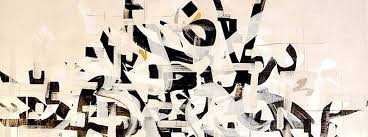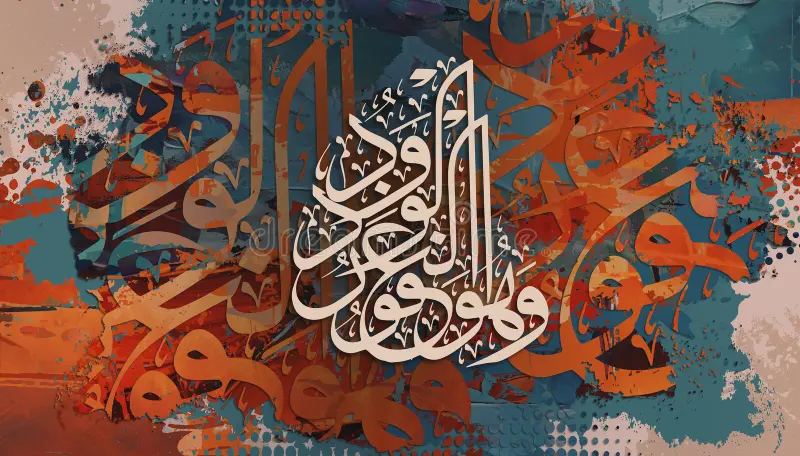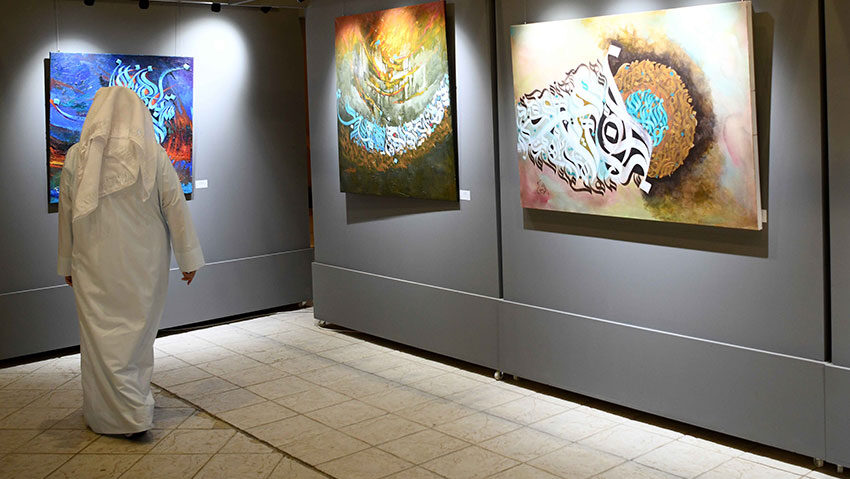The Rich Heritage of Kuwaiti Calligraphy
Kuwaiti calligraphy is more than just writing; it is a reflection of the country’s deep cultural heritage and artistic legacy. Over centuries, calligraphy in Kuwait has evolved as a sophisticated art form, combining traditional Arabic scripts with contemporary artistic expression. It is a visual language that captures history, spirituality, and identity in flowing, intricate lines. The unique styles and techniques used by Kuwaiti artists make this art form stand out on both regional and global stages.
Calligraphy in Kuwait is not limited to religious or historical texts. It has expanded into everyday life, adorning public spaces, educational institutions, and private collections. The beauty of the art lies in its ability to convey meaning while remaining aesthetically pleasing. Every stroke, curve, and dot is intentional, creating a harmonious balance between form and content. Kuwaiti calligraphers take pride in preserving this tradition while experimenting with modern materials and styles.
Evolution of Artistic Styles in Kuwait
Artistic expression in Kuwait is constantly evolving. Traditional forms like Naskh, Diwani, and Thuluth scripts continue to inspire, while modern Kuwaiti artists experiment with abstract forms and digital mediums. This fusion of old and new represents Kuwait’s ability to honor its past while embracing contemporary trends. Artists often draw inspiration from the natural landscapes of Kuwait, the desert’s golden sands, the shimmering waters of the Gulf, and the vibrant urban environment of Kuwait City.
Beyond calligraphy, other artistic forms have flourished, including painting, sculpture, and digital art. Kuwaiti artists are recognized for their ability to merge traditional motifs with modern aesthetics, creating works that resonate both locally and internationally. Exhibitions and cultural festivals have become important platforms, allowing artists to showcase creativity and engage audiences in meaningful ways.
Calligraphy as a Spiritual Journey
For many Kuwaiti calligraphers, their craft is more than art it is a spiritual journey. The process of creating intricate letters and designs requires patience, discipline, and focus. Each piece becomes a meditative act, connecting the artist to the history of Islamic art and the beauty of language. Calligraphy is often used to convey religious texts, poetry, and philosophical reflections, allowing the viewer to experience a deeper sense of meaning beyond the visual appeal.
This spiritual dimension gives Kuwaiti calligraphy a timeless quality. Even contemporary adaptations maintain a connection to tradition, ensuring that the art form remains authentic while engaging modern audiences. The use of calligraphy in mosques, public buildings, and cultural institutions demonstrates its enduring importance in Kuwaiti society.

Modern Innovations in Calligraphy
While tradition remains central, Kuwaiti artists are embracing modern innovations to expand their creative horizons. Digital technology, for example, has allowed for precise designs and experimentation with new formats. Artists now use software to create digital calligraphy, which can be displayed in galleries, social media platforms, and virtual exhibitions. This approach not only preserves the art form but also introduces it to younger audiences in innovative ways.
In addition, contemporary artists are blending calligraphy with other art forms such as abstract painting, mixed media, and installation art. These experiments challenge traditional boundaries, encouraging viewers to see calligraphy in a new light. By merging classical techniques with modern creativity, Kuwaiti artists are redefining the possibilities of artistic expression.
Calligraphy in Public Spaces and Architecture
Kuwaiti calligraphy is not confined to paper or canvas; it has become a vibrant part of public spaces and architecture. Buildings, monuments, and urban installations often feature calligraphic designs, turning everyday structures into visual masterpieces. These works enhance the aesthetic appeal of cities while preserving cultural identity, creating a sense of pride among residents.
Public art initiatives have also played a significant role in promoting calligraphy. Festivals, workshops, and collaborative projects allow artists to share their knowledge and engage with the community. Young students are encouraged to learn traditional scripts, ensuring that this cultural heritage continues to thrive in future generations.
Cultural Significance and Identity
Art and calligraphy in Kuwait are deeply intertwined with cultural identity. The mastery of calligraphy is not just a technical skill but a symbol of respect for heritage and intellectual achievement. It serves as a bridge between generations, linking contemporary audiences to the wisdom of the past. Through art, Kuwaitis express their values, history, and creativity in ways that are both personal and universal.
Calligraphy also plays an important role in education. Schools and universities in Kuwait often integrate calligraphy into art programs, teaching students about the history, technique, and meaning of this art form. These programs foster appreciation and inspire the next generation of artists to carry forward this rich legacy.

Kuwaiti Artists Making a Global Impact
Many Kuwaiti calligraphers and artists have gained international recognition for their exceptional work. Exhibitions in Europe, Asia, and the Middle East showcase the versatility and beauty of Kuwaiti calligraphy, attracting collectors, art enthusiasts, and scholars. Through these global platforms, Kuwait shares its cultural richness, demonstrating the universal appeal of its artistic traditions.
Social media and digital platforms have further amplified the reach of Kuwaiti art. Artists can now showcase their work to international audiences instantly, building connections and collaborations across borders. This digital exposure has contributed to a growing appreciation for Kuwaiti art, positioning it as a dynamic force in the global creative landscape.
The Role of Collaboration in Artistic Growth
Collaboration is a cornerstone of artistic innovation in Kuwait. Artists often work together on projects that combine calligraphy, painting, sculpture, and multimedia installations. These collaborations foster creative dialogue and encourage experimentation, resulting in unique works that push the boundaries of traditional art forms.
Community engagement also plays a crucial role. Local workshops and cultural events allow artists to share their knowledge, inspire younger talents, and strengthen the sense of cultural identity. Through collaboration, Kuwaiti artists not only preserve their heritage but also ensure that their art evolves in meaningful and exciting ways.
Future of Kuwaiti Calligraphy and Artistic Expression
The future of Kuwaiti calligraphy is bright, with artists continually exploring new directions while honoring tradition. Technological advancements, international collaborations, and growing public interest promise to expand the reach and impact of this art form. As younger generations embrace both classical techniques and modern innovations, Kuwaiti calligraphy will continue to inspire creativity and cultural pride.
Artistic expression in Kuwait is also increasingly recognized as a powerful tool for social engagement. Public art, educational programs, and cultural initiatives create opportunities for dialogue, understanding, and appreciation. The integration of art into daily life strengthens the cultural fabric, making creativity an essential part of Kuwaiti identity.
Celebrating Creativity and Cultural Pride
Ultimately, Kuwaiti calligraphy and artistic expression celebrate human creativity and cultural pride. Every brushstroke, every curve, and every design tells a story of resilience, innovation, and beauty. By honoring tradition while embracing modernity, Kuwaiti artists create works that are timeless, meaningful, and inspiring. Their art not only enriches the local cultural landscape but also contributes to a global conversation about heritage, identity, and creativity.
Kuwaiti calligraphy stands as a testament to the power of art to connect, inspire, and transform. It reminds us that creativity is not just an individual pursuit but a shared cultural treasure that transcends borders. Through the ongoing efforts of dedicated artists, Kuwait continues to shine as a beacon of artistic excellence and cultural innovation.
Do follow Gulf Magazine on Instagram.
Also Read – Empowering Kuwaiti Women: Guardians of Cultural Heritage and Tradition



